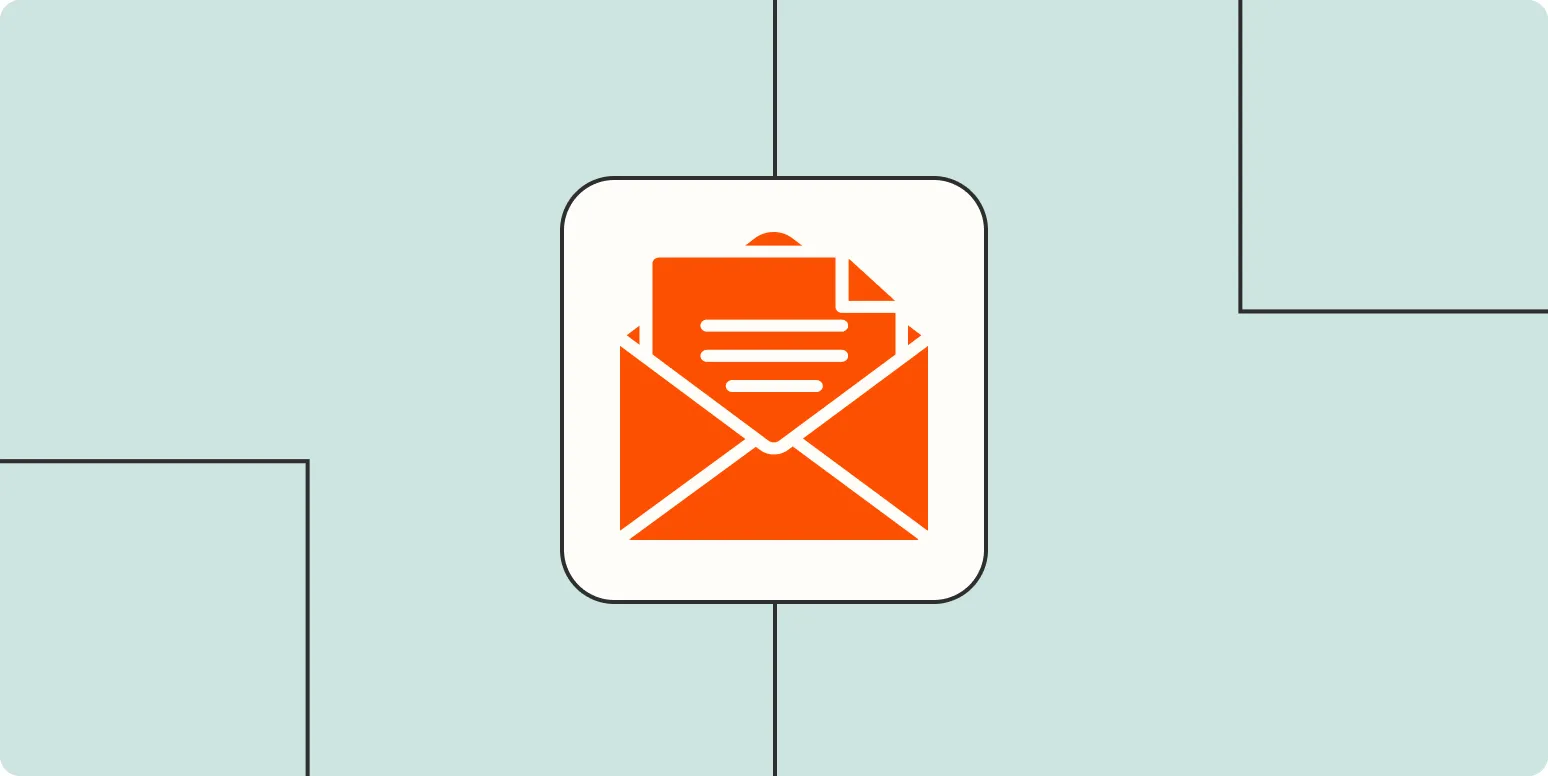1. Utilize Email Marketing Platforms
To effectively automate your email newsletters and drip campaigns, start by utilizing robust email marketing platforms like Mailchimp, HubSpot, or ActiveCampaign. These platforms provide user-friendly interfaces that help you design, schedule, and send automated emails effortlessly. They come equipped with features that allow you to segment your audience based on behavior, demographics, and preferences, ensuring that your messages reach the right people at the right time.
2. Set Up Trigger-Based Campaigns
Trigger-based campaigns are essential for optimizing your email automation. By defining specific actions—such as signing up for a newsletter or abandoning a shopping cart—you can set up automated emails that are sent when these actions occur. This not only enhances user engagement but also improves conversion rates, making your drip campaigns more effective.
3. Leverage A/B Testing
A/B testing is a powerful method to refine your email strategy. By sending two variations of an email to a small segment of your audience, you can determine which version performs better based on open rates and click-through rates. Automating this process allows you to continuously optimize your campaigns without manual intervention, ensuring your email newsletters are always performing at their best.
4. Personalize Content with Dynamic Fields
Personalization is key to increasing engagement. Use dynamic fields to personalize your emails with the recipient's name, location, or past purchase history. This tailored approach makes your emails more relevant and encourages recipients to interact with your drip campaigns. Most email marketing platforms provide easy ways to implement dynamic content, allowing for seamless personalization.
5. Automate Follow-Up Sequences
Automating follow-up sequences is crucial for nurturing leads. After a user signs up for your newsletter or downloads a resource, you can set up a series of automated follow-up emails that guide them through your sales funnel. This approach helps build relationships and keeps your brand top-of-mind without requiring constant manual effort.
6. Integrate Social Media and Email Marketing
Integrating your social media efforts with your email marketing can significantly enhance your outreach. Use your social media platforms to encourage followers to subscribe to your email newsletters. Additionally, automate sharing your newsletters on social channels to expand your reach. This cross-promotion can drive traffic back to your emails and boost engagement rates.
7. Analyze and Optimize Campaign Performance
Continuous analysis is vital for the success of your automated email strategies. Utilize analytics tools provided by your email marketing platform to track open rates, click-through rates, and conversion rates. Regularly review this data to identify what works and what doesn’t, allowing you to make data-driven decisions to optimize your drip campaigns and newsletters.
8. Segment Your Audience for Targeted Campaigns
Segmentation is key to ensuring that your email content resonates with different groups within your audience. By categorizing your audience based on interests, behaviors, or purchase history, you can create tailored email content that speaks directly to their needs. This targeted approach increases engagement and improves the effectiveness of your email newsletters and automated campaigns.
| Automation Method | Description | Benefits |
|---|---|---|
| Email Marketing Platforms | User-friendly tools for designing and scheduling emails. | Streamlined workflow, easy segmentation. |
| Trigger-Based Campaigns | Emails triggered by specific user actions. | Increased engagement and conversion rates. |
| A/B Testing | Testing two email variations to find the most effective. | Continuous optimization of email performance. |
| Dynamic Content Personalization | Personalized emails using dynamic fields. | Higher relevance and engagement. |
| Follow-Up Sequences | Automated series of follow-up emails. | Enhanced lead nurturing and relationship building. |
| Social Media Integration | Promoting email subscriptions through social channels. | Expanded reach and audience growth. |
| Campaign Performance Analysis | Using analytics to track and assess campaign success. | Data-driven optimization strategies. |
| Audience Segmentation | Categorizing audience for targeted messaging. | Increased relevance and improved engagement. |
By implementing these eight strategies, you can effectively automate your email newsletters and drip campaigns, enhancing your marketing efforts and driving better results for your business. Automation not only saves time but also allows you to focus on creating valuable content while maintaining consistent communication with your audience.





